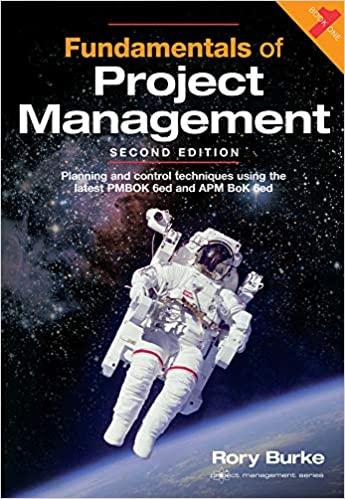



Questions
- Does the company fulfill its customers' orders because it has to (because there is a sales and purchase agreement) or because it is profitable? How do you know?
- Assuming that the existing operating capacity cannot be altered in the short run and If you have a chance to renegotiate the contract with the key customers, what are you asked for? by how much/many?
- If the key customers reject the renegotiation of the contract and moving employees from one department to another is a cost free, what will you do? what could you learn from this?
Standard Cost and Profit ner Unit Variable Cells Constraints Mexicana Wire Winding, Inc. Ron Garcia felt good about his first week as a management trainee at Mexicana Wire Winding, Inc. He had not yet developed any technical knowledge about the manufacturing process, but he had toured the entire facility, located in the suburbs of Mexico City, and had met many people in various areas of the operation. Mexicana, a subsidiary of Westover Wire Works, a Texas firm, is a medium-sized producer of wire windings used in making electrical transformers. Jos Arroyo, the production control manager, described the windings to Garcia as being of standardized design. Garcia's tour of the plant, laid out by process type (see Figure 7.20), followed the manufacturing sequence for the windings: drawing, extrusion, winding, inspection, and packaging. After inspection, good product is packaged and sent to finished product storage; defective product is stored separately until it can be reworked. On March 8, Vivian Espania, Mexicana's general manager, stopped by Garcia's office and asked him to attend a staff meeting at 1:00 P.M. "Let's get started with the business at hand," Vivian said, opening the meeting. "You all have met Ron Garcia, our new management trainee. Ron studied operations management in his MBA program in southern California, so I think he is competent to help us with a problem we have been discussing for a long time without resolution. I'm sure that each of you on my staff will give Ron your full cooperation." DISCUSSION QUESTIONS AND PROBLEMS 305 FIGURE 7.20 Mexicana Wire Winding, Inc. (Source: Trevor S. Hale) Vivian turned to Jos Arroyo, the production manager. "Jos, why don't you describe the problem we are facing?" "Well," Jos said, "business is very good right now. We are booking more orders than we can fill. We will have some new equipment on line within the next several months, which will take care of our capacity problems, but that won't help us in April. I have located some retired employees who used to work in the drawing department, and I am planning to bring them in as temporary employees in April to increase capacity there. Because we are planning to refinance some of our long-term debt, Vivian wants our profits to look as good as possible in April. I'm having a hard time figuring out which orders to run and which to back order so that I can make the bottom line look as good as possible. Can you help me with this?" Garcia was surprised and apprehensive to receive such an important, high-profile assignment so early in his career. Recovering quickly, he said, "Give me your data and let me work with it for a day or two." April Orders Note: Vivian Espania has given her word to a key customer that we will manufacture 600 units of product W0007X and 150 units of product W0075C for him during April. Standard Cost Selected Operating Data Average output per month =2,400 units Average machine utilization =63% Average percentage of production sent to rework department =5% (mostly from winding department) Average no. of rejected units awaiting rework =850 (mostly from winding department) Plant Capacity (Hours) Note: Inspection capacity is not a problem; we can work overtime, as necessary, to accommodate any schedule. Bill of Labor (Hours/Unit) Discussion Questions 1. What recommendations should Ron Garcia make, with what justification? Provide a detailed analysis with charts, graphs, and computer printouts included. 2. Discuss the need for temporary workers in the drawing department. 3. Discuss the plant layout. Source: Professor Victor E. Sower, Sam Houston State University. This case material is based on an actual situation, with names and data altered for confidentiality. Reprinted with permission










